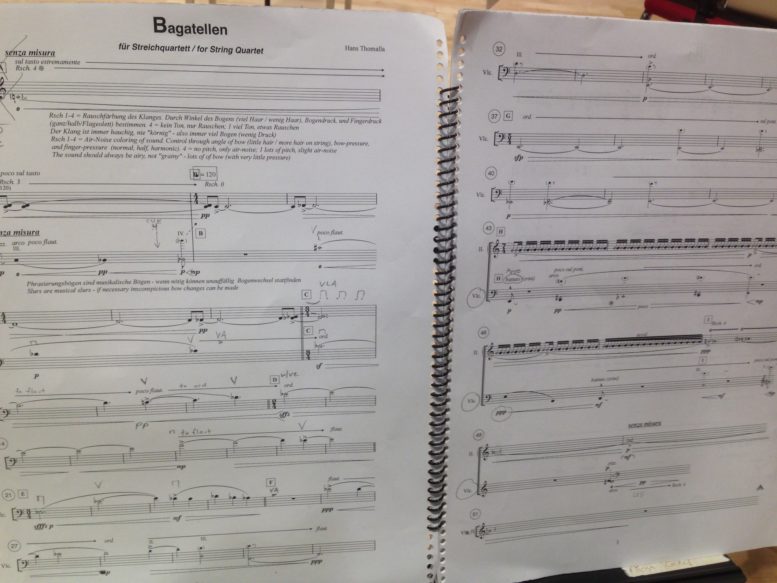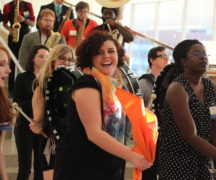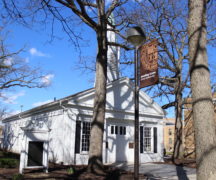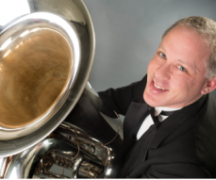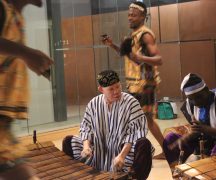By DAVID DUPONT
BG Independent News
The Spektral Quartet lived up to its name when it performed a Music at the Forefront concert Monday at Bowling Green State University.
The Chicago-based quartet summoned plenty of specters with its ghostly, translucent sounds. The program included two pieces, Hans Thomalla’s Bagatellen and the formidable Third String Quartet by Beat Furrer. Both robbed the graves of bygone composers to create pieces that entranced and intrigued listeners.
Little of the music was made using traditional violin sounds. Both pieces called for the virtuosity of unlikely techniques. The string players – Clara Lyon and Austin Wulliman, violins, Doyle Armbrust, viola, and Russell Rolen, cello – summoned snaps, crackles and pops from their instruments. Those sounds, though defying conventional notions of tunefulness, were strangely captivating.
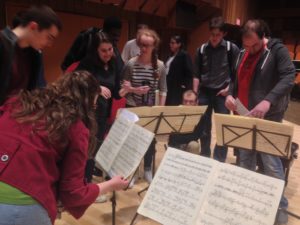 In Bagatellen, made up of nine brief episodes, Thomalla used odd bits of classical quartets by Beethoven, Mozart, and Haydn to construct the piece. Not recognizable melodies, but a scale, or a harmony part or a trill. These wafted through the work. Thomalla exploited silence, and near silence, and the hint of silence, and very, very soft sounds to draw listeners in. At one point, the musicians bowed their instruments without making contact with the strings. At other times, they rubbed the bodies of their violins with the bows and then stroked the tuning pegs. The slightest sound from the audience, even the scratching of a pencil on a program, crackled loudly. When the piece ended, it resolved not on any harmonic tonic but in silence.
In Bagatellen, made up of nine brief episodes, Thomalla used odd bits of classical quartets by Beethoven, Mozart, and Haydn to construct the piece. Not recognizable melodies, but a scale, or a harmony part or a trill. These wafted through the work. Thomalla exploited silence, and near silence, and the hint of silence, and very, very soft sounds to draw listeners in. At one point, the musicians bowed their instruments without making contact with the strings. At other times, they rubbed the bodies of their violins with the bows and then stroked the tuning pegs. The slightest sound from the audience, even the scratching of a pencil on a program, crackled loudly. When the piece ended, it resolved not on any harmonic tonic but in silence.
Furrer’s quartet also called for inventive uses of the instruments (though the part where the cello string breaks was spontaneous). In introducing the piece, violinist Wulliman explained the piece evoked “a half-submerged consciousness coming to life” as “a strange, neurotic landscape.” It was a tangle of sound effects patched together, the bits returning obsessively. The composer mixes, matches and folds the fragments and effects trying to exhaust all possible permutations. Then a sad chorale theme emerges. A song of lost love, Wulliman said at the outset of the piece. Its sadness seeps into this forbidding modernist environment. Are we still wandering as the piece ends much as it began? The audience seemed a bit dazed. Then they roused themselves, invaded the stage, studied the music still on the stands, to try to discover just where they had been.

